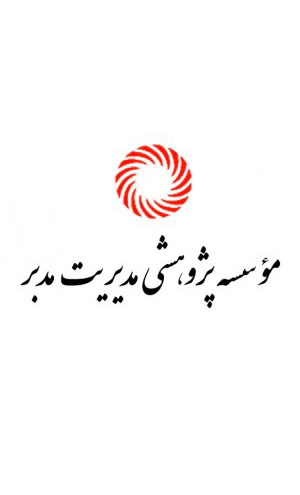خلاصة:
مقدمه: امروزه افزایش جمعیت سالمندان توجهات جوامع را به امر سلامت این قشر به همراه داشته است. از آنجایی که پدیده سالمندی به همراه بیماریهای خاص این دوران، مشکلات تغذیهای را هم به دنبال دارد، یکی از زمینههای مورد توجه سیاست مداران امر سلامت جوامع همین وضعیت تغذیهای این قشر میباشد و همانطوریکه خیلی از مسائل مرتبط با سلامتی در دو منطقه شهر و روستا متفاوت میباشند، مطالعه حاضر به بررسی وضعیت تغذیهای و مقایسه آن در سالمندان شهر و روستا پرداخته است.
مواد و روش کار: مطالعه حاضر یک مطالعه مقطعی (توصیفی-تحلیلی) بوده که در آن بررسی وضعیت الگوی غذایی با استفاده از پرسشنامه یادآمد غذایی 72 ساعته و اندازه گیریهای آنتروپومتریک بر روی 432 نفر از سالمندان بالای 60 سال ساکن روستاها و شهر ارومیه صورت گرفته و اطلاعات پس از جمع آوری با استفاده از نرم افزار FP2 و SPSS16 مورد تجزیه و تحلیل قرار گرفته است.
یافتهها: نتایج حاکی از این است که میانگین نمایه توده بدن در جمعیت روستایی برابر 99/3 ± 9/24 و در جمعیت شهری برابر 77/4 ± 72/26 بوده که این اختلاف از نظر آماری معنیدار میباشد ((P=0/001. از نظر ریز مغذیها، ویتامینهای A,B1,B2,B3,B6,B12,E,C و کلسیم در قیاس با RDA، بیشترین کمبودها مربوط به دریافت ویتامینهای A1,B2,B6,B12,C بوده است و از نظر میانگین دریافت ویتامینهای B12, و کلسیم اختلاف معنیداری بین دو گروه مشاهده گردید.
بحث و نتیجهگیری: مطالعه حاضر نشان داد که سالمندان ساکن روستا از وضعیت به نسبت مناسبتر تغذیهای در قیاس با سالمندان شهری برخوردارند اما در کل هر دو گروه جمعیتی از وضعیت مناسبی برخوردار نبوده و کم و بیش دچار مشکلات تغذیهای میباشند. فلذا باید برنامههای مناسب مداخلهای برای این گروه جمعیتی طراحی و اجرا گردد.
خلاصة:
Introduction: Today, the increase in the elderly population has brought attention to the health of this group. Since the phenomenon of old age along with special diseases of this era also leads to nutritional problems, one of the areas of attention of the policy makers regarding the health of the communities is the nutritional status of this group, and as many health-related issues in both urban and rural areas. are different, the present study investigated the nutritional status and compared it in the elderly of the city and the village.
Materials and methods: The current study is a cross-sectional study (descriptive-analytical) in which the status of dietary patterns was investigated using a 72-hour food recall questionnaire and anthropometric measurements on 432 elderly people over 60 years old living in the villages and cities of Urmia. taken and the information after collection has been analyzed using FP2 and SPSS16 software.
Findings: The results indicate that the average body mass index in the rural population is 24.9 ± 3.99 and in the urban population it is 26.72 ± 4.77, which is statistically significant (P=0/ 001. In terms of micronutrients, vitamins A, B1, B2, B3, B6, B12, E, C and calcium, compared to the RDA, the most deficiencies were related to the intake of vitamins A1, B2, B6, B12, C, and in terms of A significant difference was observed in the average intake of vitamins B12 and calcium between the two groups.
Discussion and conclusion: The present study showed that the elderly living in the village have a relatively more appropriate nutritional status compared to the urban elderly, but in general both population groups do not have a suitable status and have more or less nutritional problems. Therefore, appropriate intervention programs should be designed and implemented for this population group.


(پژوهیار,
,
,
)
